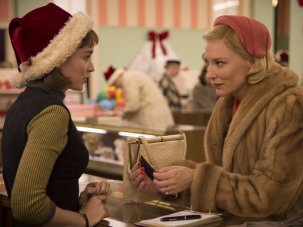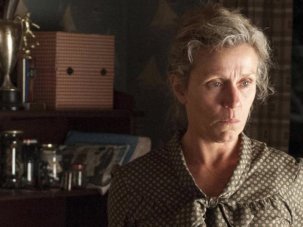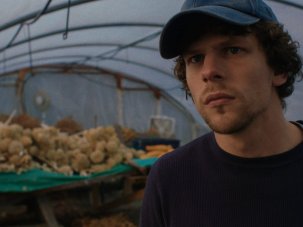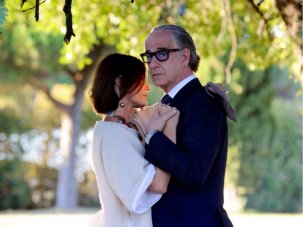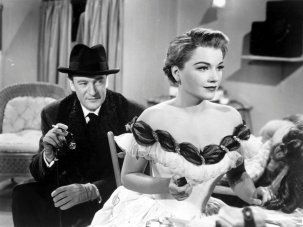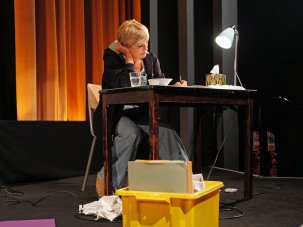Web exclusive
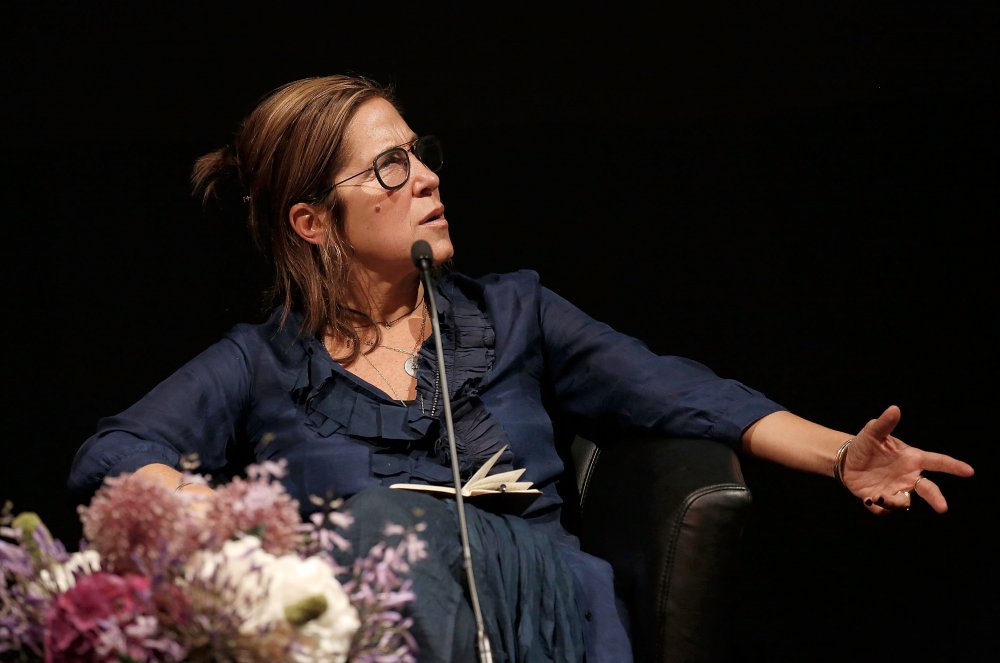
Laura Rosenthal conducting her London Film Festival screen talk on stage at the BFI Southbank
Last weekend, Laura Rosenthal – a casting director of nearly 25 years’ experience, whose recent credits include Carol and Youth, both screening at the London Film Festival this year – spoke to Ian Haydn Smith about her career for a special LFF screen talk. The event presented attendees with the unusual opportunity to be given a guided tour of the world of casting, and to have answered the sorts of questions that spring to mind when one begins to reflect on how this branch of the industry functions, an industry apparently not of tremendous interest to today’s film critics, who seldom make reference to its successes in their reviews. (This may of course be a simple extension of the current lack of fashion for considering the nuances of performance with the same intensity and enthusiasm as have critics – Pauline Kael, as an example – in the past.)
How, for instance, does an actor like Matthew McConaughey, whose reputation and economic worth were for a long time tied up with the rom-com genre, put an end to his typecasting and refashion his career in a coup accorded the neologism ‘the McConaissance’, or Colin Farrell perform an about-turn after long absence and take the lead in a film like The Lobster, also showing at the festival? In the case of a Terrence Malick movie, how does a casting director prepare an actor for the possibility that, after being cast and filming scenes, they may be cut altogether from the movie, as happened to Bill Pullman, Gary Oldman, Mickey Rourke and more in The Thin Red Line (1998)?
How does a casting director push through her recommendation of a lesser-known actor for a leading role if that performer doesn’t pack the financial punch fit to have a film green-lit? And “who knows where the casting director’s job begins and ends, and the director’s job begins and ends?” – as goes the customary justification for not honouring the casting director with a category at the Academy Awards, paraphrased by Rosenthal’s mentor Juliet Taylor in a casting directors’ roundtable conducted by the Hollywood Reporter in 2012.
Such questions give a sense of the considerable breadth of a casting director’s responsibility, and Rosenthal shed light on the penultimate scenario when asked about the part she played in bringing actor Samantha Morton to American cinema at the end of the 1990s. After seeing her ‘sublime’ performance in Carine Adler’s Under the Skin (1997), she called Morton in to meet Woody Allen, who cast her in Sweet and Lowdown (1999), Rosenthal’s second screen credit as casting director.
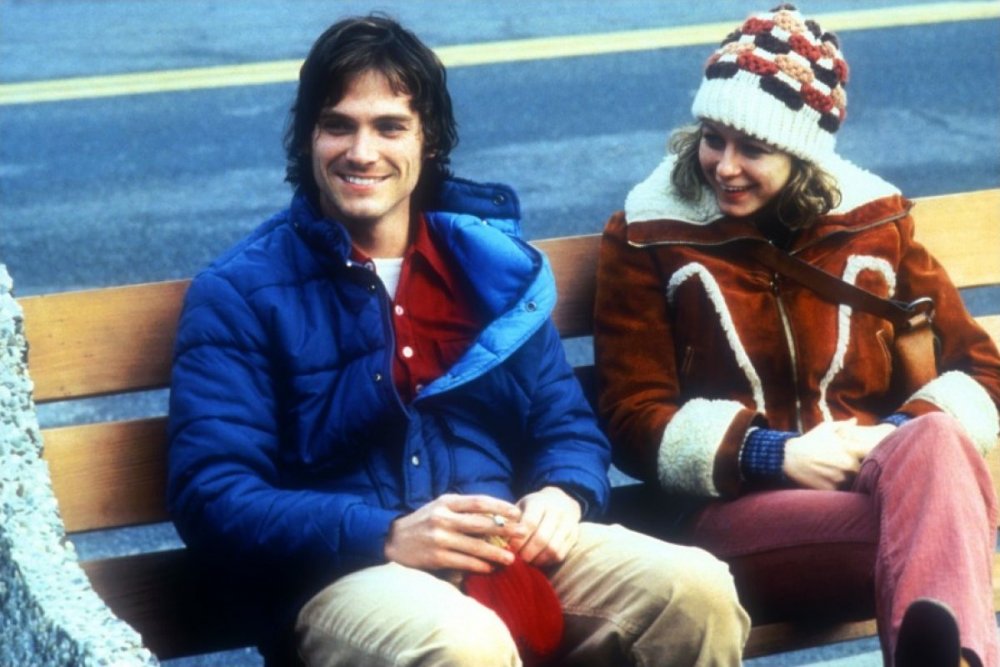
The unnotables: Billy Crudup and Samantha Morton, cast by Laura Rosenthal in Jesus’ Son (1999)
“At the same time there was a movie called Jesus’ Son,” Rosenthal recounted. “It was her moment… I cast her in that as well.” The choice to give Morton the starring role in a film that was not yet financed – when Morton lacked traction in the territory, as did her co-star, another ‘up-and-coming’, Billy Crudup – passed muster because Rosenthal penned them in with better-known performers in the film’s supporting roles: “Okay, it’s a green light, but,” she was warned, “please, we need people of note.” It was the casting of Holly Hunter, Denis Leary, “who was very, very popular at the time,” and Dennis Hopper that “really made the producers feel comfortable.”
Achieving a balance of good-fit and finance characterises the casting director’s work; this is “the art and commerce of casting”, as Rosenthal put it. “A big part of [casting] is foreseeing problems and being a problem solver,” she explained vis-à-vis Allen, who it’s known has made missteps in the casting of some actors, having to double-back on a decision once on-set upon finding that he could not ‘get it out of them’ – as his long-time casting director Taylor divulged to DGA Quarterly in 20101. “Working with Allen informed my casting life,” said Rosenthal: the “intense conversations” and “hand-written lists of names”; the challenge of pulling together the “expansive” ensemble-cast of Celebrity (1998); and Allen’s insistence that “everybody had to come to the office to meet him.” These things shaped her expectation of what the business held in store.
Insofar as expanding on her experience of working with directors she’s partnered repeatedly, and there are several – Kelly Reichardt thrice, Todd Haynes four times, Paulo Sorrentino twice – Rosenthal was circumspect, short-circuiting those questions more explicitly aimed at getting to the essence of these relationships. Even queries as outwardly innocuous as how she copes with having occasionally to cast in a short space of time drew blanks or, rather, she invoked, for answer, the ‘kismet’ of casting. To this particular question she replied: “There is a mystery around this that I hope to leave mysterious and, at the same time, demystify it.”
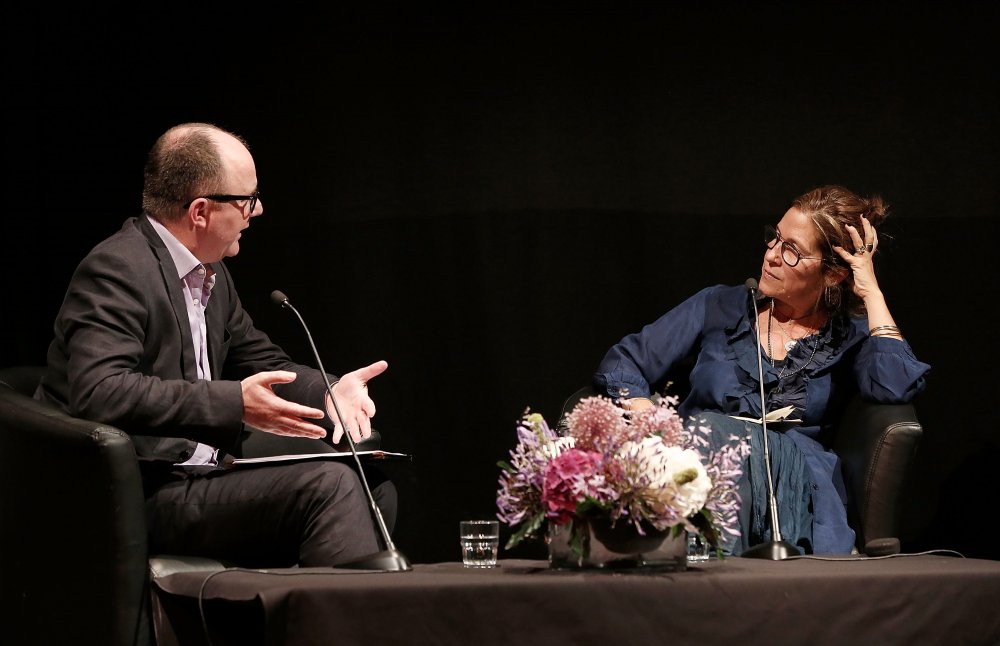
Laura Rosenthal interviewed by Ian Haydn Smith
It’s hard to say whether such reticence is a rationed aversion to detailing what goes on behind closed doors (for reason of protecting the actor, perhaps) or is, instead, due to the difficulty of deconstructing a process that’s frequently called ‘instinctual’. “Sometimes it’s just not a science,” Rosenthal conceded in the course of Saturday’s conversation, “it’s very instinctual: why this part fits this person…”
Rosenthal isn’t alone in her field in foiling the more exploratory questions fielded at her; in fact, there’s a tradition of it.
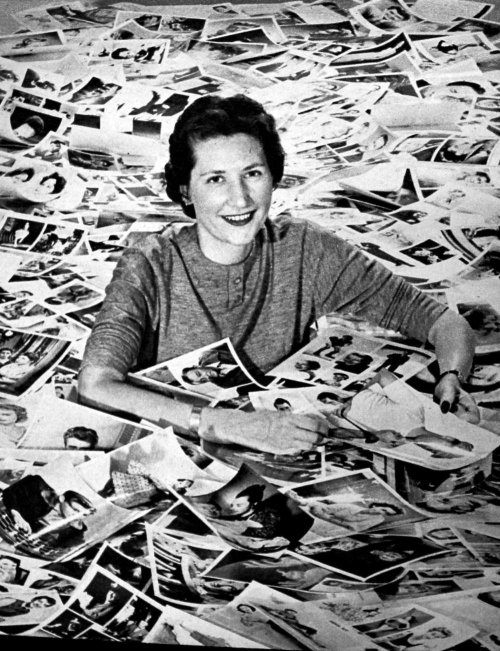
Marion Dougherty
Casting direction didn’t always exist: wasn’t necessary during the studio system when producers picked from players under contract, or borrowed. Only in the 50s, with the fading out of contract players and the onset of the era of live television, was the casting profession, as we know it, raised up. New York’s Marion Dougherty was one of those who improvised the profession into being, joining first the casting department of Kraft Television Theater and becoming, in 1972, among the first to receive the standalone title card, ‘Casting by’.
In an interview with Cineaste magazine published in 2000, the late Dougherty – to whom all five of the women taking part in the aforementioned roundtable are descended by apprenticeship – said, “People ask how I cast and I say I don’t know. And that’s true.”
Dougherty admitted defeat; others have ploughed on notwithstanding, forced to resort to vagaries that don’t read well on the page. Speaking of Allen, Taylor, in DGA Quarterly, said the following: “I think he casts people that he knows are going to be what he was thinking of, if that doesn’t sound too simplistic.” Simplistic? No – but obvious as to be anodyne. Again she tried: “There’s an impact or a feeling [Allen] has in mind, that he wants to get across when that person is onscreen.”
We may be struck by the faculties, implicit in this statement, of a woman able to identify and empathise with an ‘impact’ or ‘feeling’ enough that she may match to it an actor, and that actor, cast correctly, cause Allen to “have to bite his lip not to laugh, because the person would be so funny to him.” Not only this, but that she should do the same for a variety of auteurs, and often very many at once. We marvel at Taylor as we marvel at casting director Jane Jenkins’s “mind-reading” directors as disparate as John Hughes and David Cronenberg, David Lynch and Rob Reiner; her ability to comprehend imaginations as contrary and distinctive as these. And still, this statement of Taylor’s brings us no closer to the brass tacks of casting.
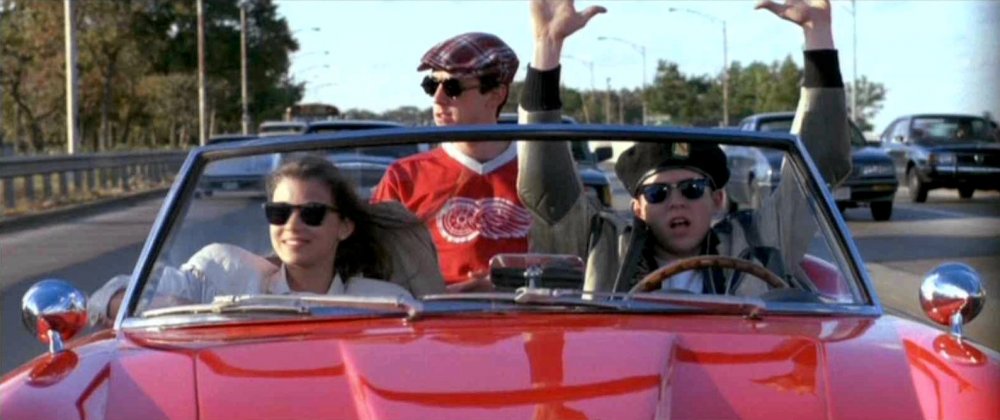
Ferris Bueller ’s Day Off (1986): casting by Jane Jenkins
One wonders whether it isn’t this glossary – ‘feeling’, ‘instinct’, ‘intuition’, even “organic” and “vibing with the situation”, to which Rosenthal had recourse during the talk – that’s to blame for the broad-spectrum lack of curiosity in casting; a blind spot. What tolerance is there, after all, for a lexicon like this? They are vague, foggy words, that discourage further enquiry. Which isn’t to say it isn’t fair to use them of the casting process. But add to this the other half the coin – the business half, the brokering deals, the monetising of iconic actors many film-lovers would sooner not see in terms of ‘dollar-value’ – and you’ve a recipe for indifference toward the casting profession.
Might this be the reason, or might it simply be that film-goers take it for granted that casting be done right, much in the way we expect continuity of a film – as a matter of course? It, and the decisions that led to it, are expected to be imperceptible. Continuity, of course, like casting, is somebody’s calling, somebody’s art.
Somehow, however, they seem not to be in the same ballpark, the one being technical and having to do with timing, logic, the other, well, unutterably ‘other’. And yet Dougherty’s prognosis, printed in Cineaste, of an Oscar for best casting seems farfetched today. “That time might not be too far off,” she said, 15 years ago.
-
The Digital Edition and Archive quick link
Log in here to your digital edition and archive subscription, take a look at the packages on offer and buy a subscription.





